What is green environmental protection material?
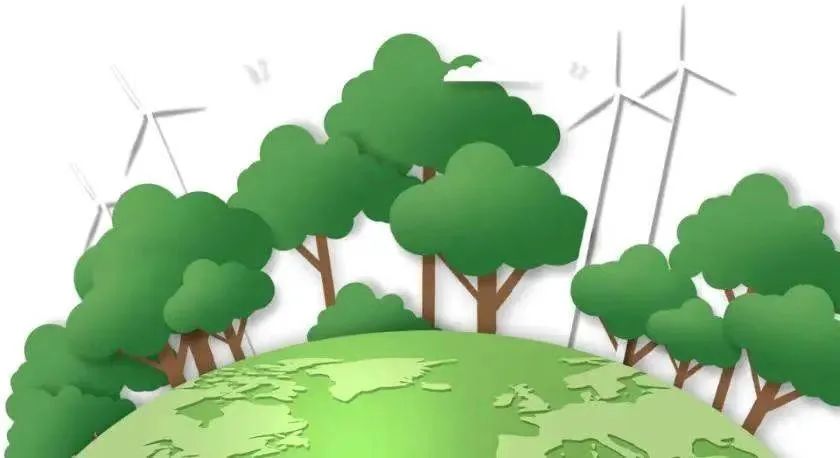
Green and environmentally friendly materials refer to materials that meet the Life Cycle Assessment in the process of production, use, and recycling, are convenient for people to use and do not cause excessive harm to the environment, and can be degraded or recycled after use.
At present, the widely used green and environmentally friendly packaging materials mainly include: paper product materials, natural biological materials, degradable materials, and edible materials.
1.Paper materials
Paper materials come from natural wood resources and have the advantages of fast degradation and easy recycling. It is the most common green packaging material with the widest application range and the earliest use time in China. Its typical representatives mainly include honeycomb paperboard, pulp molding and so on.
After the paper packaging is used up, not only will it not cause pollution and damage to the ecology, but it can be degraded into nutrients. Therefore, in today's fierce competition for packaging materials, paper-based packaging still has a place in the market, although it is impacted by plastic material products and foam material products.
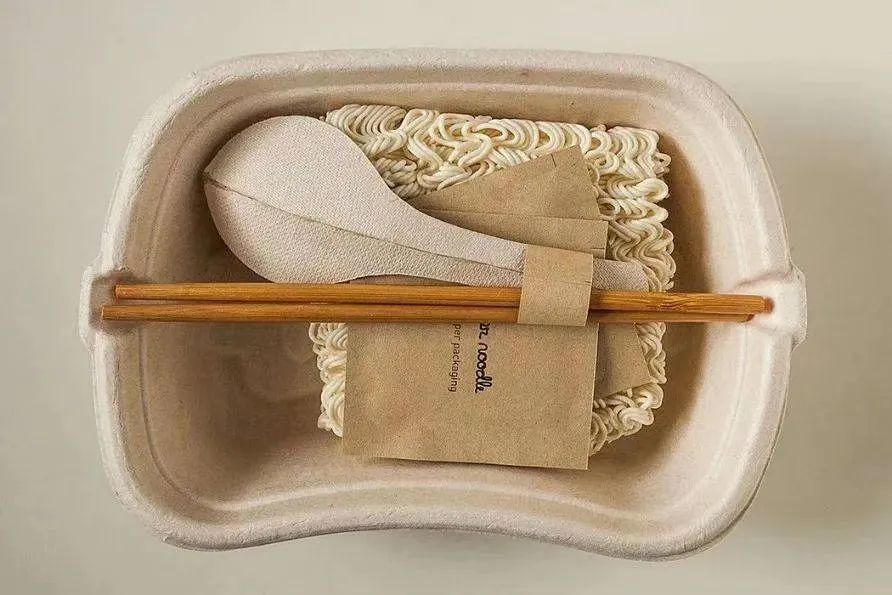
The packaging of "paper instant noodles" from Australia, even the spoon is made of pulp!
2. Natural biological packaging materials
Natural biological packaging materials mainly include plant fiber materials and starch materials, of which natural plant fibers account for more than 80%, which has the advantages of non-polluting and renewable. After use, it can be well converted into nutrients, realizing a virtuous ecological cycle from nature to nature.
Some plants are natural packaging materials, which can become green and fresh packaging with a little processing, such as leaves, reeds, gourds, bamboo tubes, etc. Beautiful appearance is just a small advantage of this kind of packaging that is not worth mentioning. More importantly, it can also allow people to fully experience the original ecology of nature!
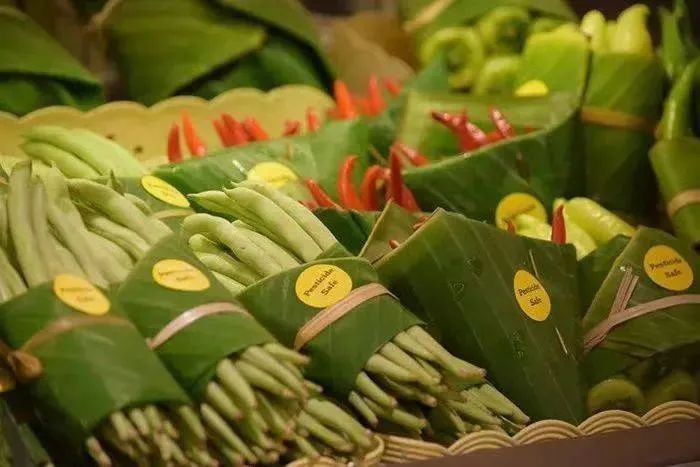
Using banana leaves for vegetable packaging, looking around, there is a green piece on the shelf~
3. Degradable materials
Degradable materials are mainly on the basis of plastic, adding photosensitizer, modified starch, biodegradant and other raw materials. And through these raw materials to reduce the stability of traditional plastics, accelerate their degradation in the natural environment, in order to reduce the pollution to the natural environment.
At present, the more mature ones are mainly traditional degradable materials, such as starch-based, polylactic acid, PVA film, etc. Other new degradable materials, such as cellulose, chitosan, protein, etc. also have great potential for development.
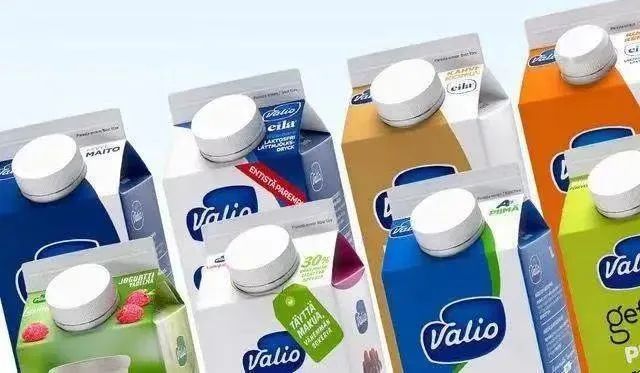
Finnish brand Valio launches 100% plant-based dairy packaging
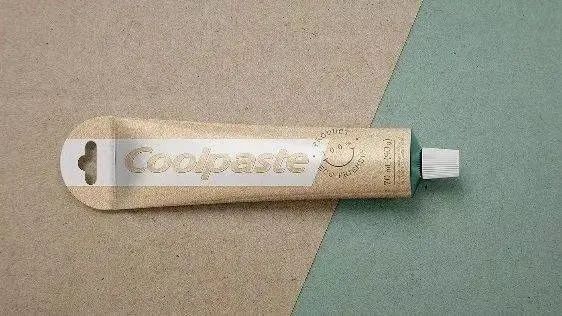
Colgate Biodegradable Toothpaste
4. Edible materials
Edible materials are mainly made of materials that can be eaten directly or ingested by the human body, such as lipids, fibers, starch, proteins, etc. With the continuous advancement of science and technology, these materials have gradually emerged and matured in recent years. However, because it is a food-grade raw material and requires strict hygienic conditions during the production process, its production cost is relatively high and it is not convenient for commercial use.
From the perspective of green packaging, the most preferred choice is no packaging or the least amount of packaging, which fundamentally eliminates the impact of packaging on the environment; The second is returnable, reusable packaging or recyclable packaging, its recycling efficiency and effect depends on the recycling system and consumer concept.
Among the green packaging materials, "degradable packaging" is becoming the future trend. With the comprehensive "plastic restriction" in full swing, non-degradable plastic shopping bags were banned, degradable plastic and paper packaging market officially entered the explosive period.
Therefore, only when individuals and businesses participate in the green reform of reducing plastic and carbon can our blue star become better and better.
5. Kraft packing
Kraft paper bags are non-toxic, tasteless, and pollution-free. They meet the national environmental protection standards. They are high-strength and environmentally friendly. They are currently one of the most popular environmentally-friendly packaging materials in the world.
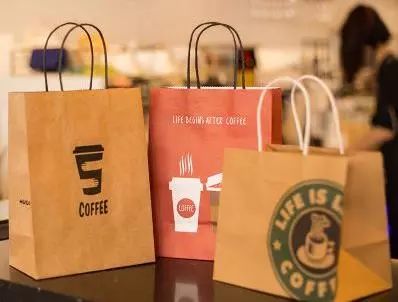
Kraft paper is based on all wood pulp paper. The color is divided into white kraft paper and yellow kraft paper. A layer of film can be coated with PP material on the paper to play a waterproof role. The strength of the bag can be made into one to six layers according to customer requirements. Integration of printing and bag making. The opening and back sealing methods are divided into heat sealing, paper sealing and lake bottom.
As we all know, kraft paper is a recyclable resource. The raw materials for papermaking are mainly plant fibers. In addition to the three main components of cellulose, hemicellulose, and lignin, the raw materials also contain other components with less content, such as resin and ash. In addition, there are auxiliary ingredients such as sodium sulfate. In addition to plant fibers in paper, different fillers need to be added according to different paper materials.
At present, the raw materials for kraft paper production are mainly trees and waste paper recycling, which are all renewable resources. The characteristics of degradable and recyclable are naturally labeled with green labels.
More information can be found in the product catalog
Post time: Feb-02-2023




